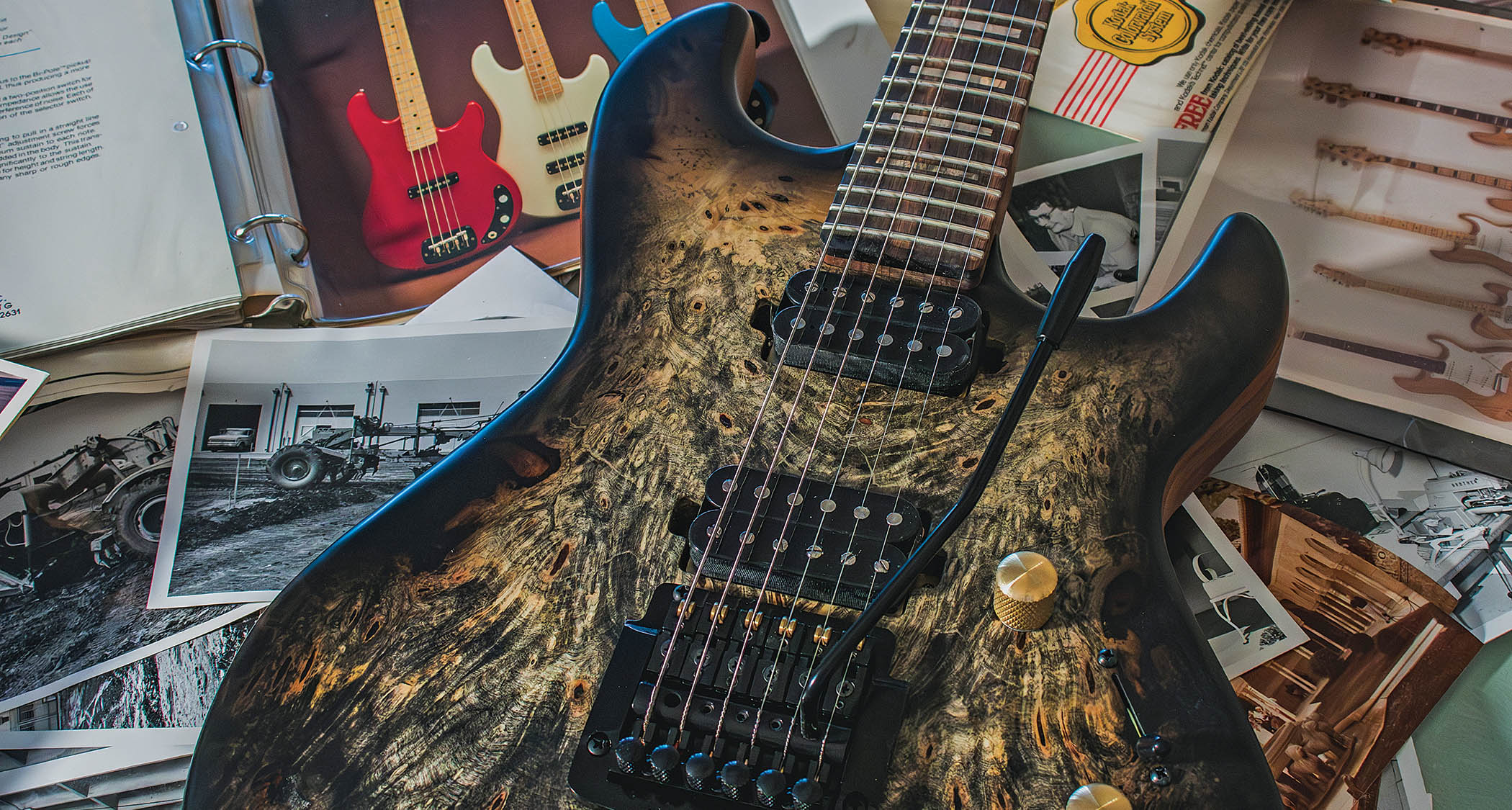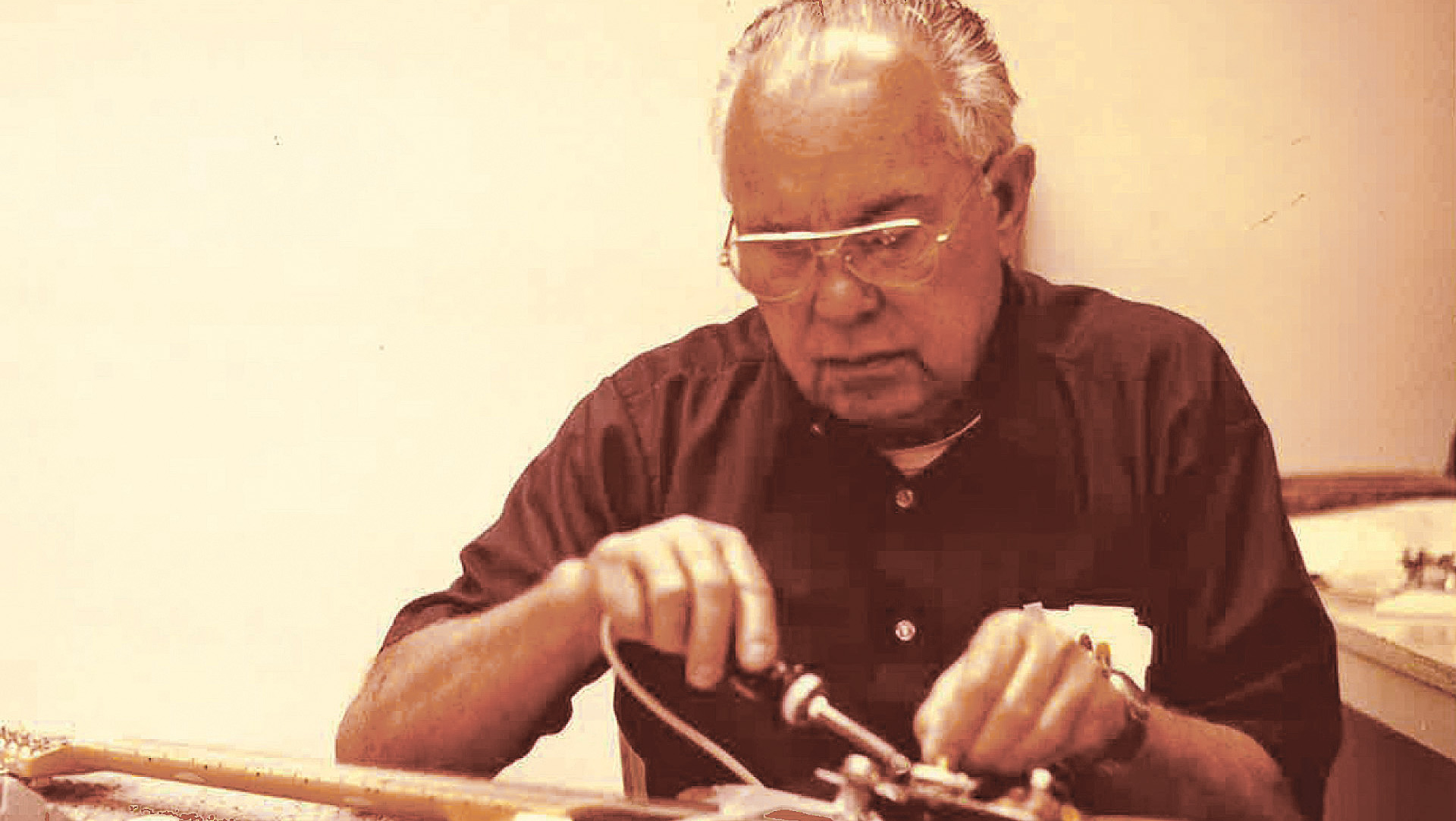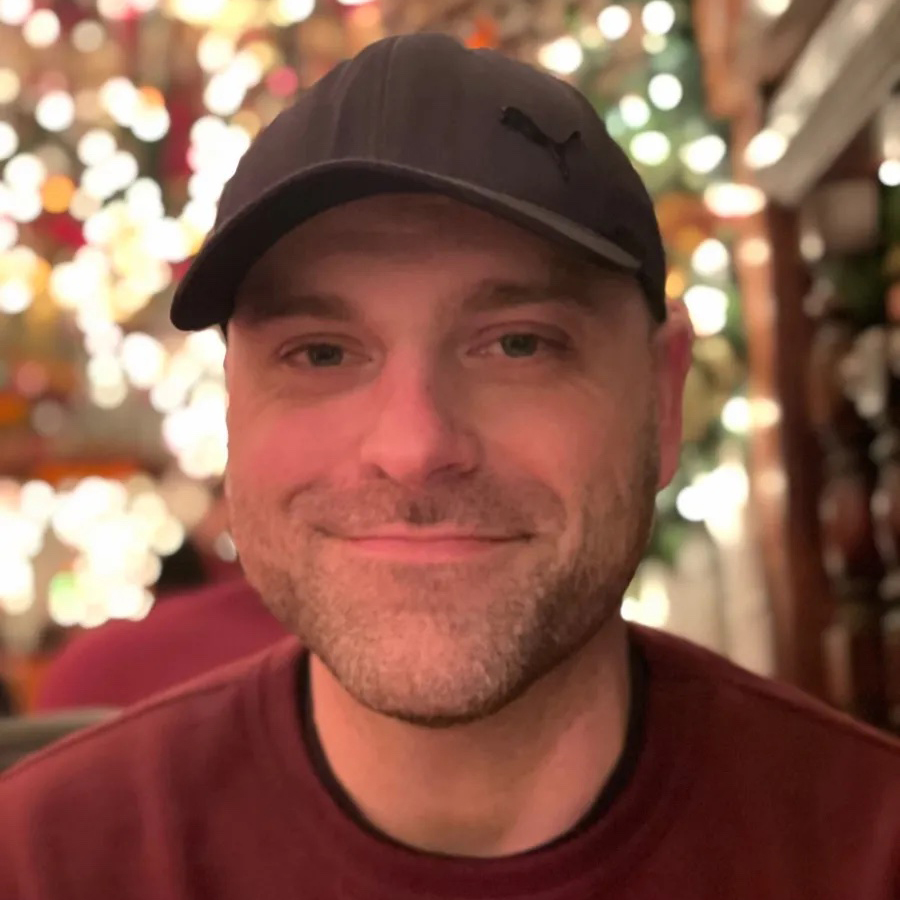“This is the way Leo would be building guitars if he were still alive. In our eyes, G&L is more ‘Fender’ than Fender actually is”: How G&L Guitars is carrying on the legacy of Leo Fender
G&L director of sales Steve Araujo on the other brand that Leo Fender built, and the innovations that have made it a favorite of A-list pros such as Jerry Cantrell

Since Leo Fender and George Fullerton properly launched G&L in 1980, the brand has been associated with high-quality instruments – but has primarily lived in the shadow of Leo’s first and namesake firm, the almighty Fender.
In the years since, G&L has dropped a string of models like the ASAT, S-500, Skyhawk, Nighthawk, Climax, Legacy and Jerry Cantrell’s beloved Rampage, which can be seen being brandished by the grunge gunslinger in Alice in Chains’ Man in the Box music video.
Along with those models came Leo’s remarkable MFD pickups, Dual Fulcrum Vibrato, Saddle Lock Bridge and many more mad-scientist inventions. This, along with the fact that Leo and George used to partake in quality control – even signing the neck pocket of early G&L guitars – had Leo feeling closer than close to his latter-day creations when he passed away in 1991.
But that’s not all G&L is about. Just ask Steve Araujo, G&L’s director of sales who also happens to manage artist relations and the firm’s growing-by-leaps-and-bounds Custom Shop.
Araujo has been with G&L for more than seven years and, in that time, has watched the company’s instruments slowly but surely infiltrate the market.
In the name of championing where G&L has been and where it’s going, Araujo dialed in with GW to run through homegrown business practices, innovative gear and G&L’s commitment to quality.
The level of quality sets G&L apart from the pack – especially coming out of the Custom Shop, which seems to be picking up steam.
All the latest guitar news, interviews, lessons, reviews, deals and more, direct to your inbox!
“The Custom Shop is relatively new; it started in maybe 2017. It was this tiny snowball, and like you said, in the past year, it has exponentially grown. Our status as a smallish company is actually an advantage because when a new model comes out, we can walk down and say, ‘Okay, here’s one of them. We need to shift this; this isn’t right.’”
For a long time, people saw G&L as almost an extension of Fender, which is understandable since the ASAT looks like a Tele, and the Legacy looks like a Strat. Has the Custom Shop allowed you to flex what you can do?
“Yes! It’s smallish, but it’s powerful, and it’s growing. In the last year, it went from literally one or two orders a month to where I’m getting orders for five builds a week. Our build time is pretty short now, at maybe 10 to 12 months for the Custom Shop, which is good compared to other companies.”
The price point for G&L guitars is more digestible compared to others of similar quality.
“You’re looking at maybe three thousand and up, depending on what you want. Then we have what’s called our Build to Order, which is basically a production model you can customize. It’s like ‘Custom Shop light,’ and those are around two thousand. We’re guitar nerds, and it’s the ultimate nerd-out when I get to help somebody build a custom guitar.”
Leo called these the best instruments he ever built. How seriously do you take that?
“We have a moniker, and it’s centered around the idea of the spirit of Leo. Everything here is still almost a Leo Fender Custom Shop instrument. I think this is the way Leo would be building guitars if he were still alive.
“Leo sold Fender in 1965 and consulted with them for another five years. He started G&L in 1980 or ’79 – but really 1980 – and we’re celebrating our 45th anniversary, so in our eyes, G&L is more ‘Fender’ than Fender actually is, you know? Leo was really happy that he [still] created post-Fender.”

One big thing that makes G&L stand out from a sonic perspective is the MFD pickups, unruly yet glorious beasts that people confuse with P-90 pickups.
“Regular pickups are usually Alnico, right? If you look at a regular Alnico pickup, the pole pieces, which are these little magnets, look pretty standard and don’t move. It’s just bobbin wire wrapped around, and it’s standard. But with MFDs, it’s an actual bar, a ceramic magnet that goes on the bottom of the pickup, which covers a bigger magnetic field.
“That’s where the MFD name comes from – Magnetic Field Design. They naturally have more output and are cleaner throughout the whole spectrum. They don’t reach the saturation and breakup point that Alnico pickups do; they remain super-clean.
“So Leo’s MFDs are a whole different beast because you can dial them in there where they sound like single-coils, humbuckers and even P-90s.”
I mentioned the ASAT and the Legacy, but there’s also the Rampage, which Jerry Cantell made famous. Are more designs on the way?
“Everyone associates the Rampage with Jerry, and we’ve had that for a while. The big one we’re going to be making on a larger scale is a 24-fret version. We’d never done a 24-fret guitar, so the latest incarnation is the Rampage 24.
“It’s got the Floyd Rose, and there’s an ivory one, a black one and one with maple and ebony. But we’re coming out with a two-pickup version and one with a Kahler [tremolo] because the real diehard Cantrell fans want that.
“Beyond that, we’re going to have a run of artist models, some of which will eventually become production models. We’re excited about that.”
G&L remains relatively small. You mentioned that you see that as an advantage, but considering how competitive the space is, it must come with challenges.
“It’s important to always remind people of how close Leo is to G&L. These guitars are crafted in the spirit of Leo, and all our dealers are stoked about that. They love that we can make stuff quicker for them than many companies.”
A post shared by G&L® Musical Instruments (@glguitars)
A photo posted by on
What’s the key to G&L gaining a better foothold moving forward?
“Our social media has improved a lot. The messaging about Leo and G&L together is important for getting younger players to understand what we are and getting popular influencers to be involved.
We have so many legacy players, like David Gilmour, Kenny Aaronson and Tom Hamilton, and newer players are starting to notice
“The more we showcase the connection to Leo, the better off we are. We have so many legacy players, like David Gilmour, Kenny Aaronson and Tom Hamilton, and newer players are starting to notice.
“We’re smallish, but we’re still growing and won’t have to expand beyond this same space. I don’t think we’ll ever move away from Fender Avenue. This is the building. Leo built all of this; this is Leo’s home.
“We’ll keep doing what we do and won’t get in over our heads. But production-wise, we’re going to hit it hard. We’re at the point now where we’ll keep growing like we have.”
- This article first appeared in Guitar World. Subscribe and save.
Andrew Daly is an iced-coffee-addicted, oddball Telecaster-playing, alfredo pasta-loving journalist from Long Island, NY, who, in addition to being a contributing writer for Guitar World, scribes for Bass Player, Guitar Player, Guitarist, and MusicRadar. Andrew has interviewed favorites like Ace Frehley, Johnny Marr, Vito Bratta, Bruce Kulick, Joe Perry, Brad Whitford, Tom Morello, Rich Robinson, and Paul Stanley, while his all-time favorite (rhythm player), Keith Richards, continues to elude him.
You must confirm your public display name before commenting
Please logout and then login again, you will then be prompted to enter your display name.




